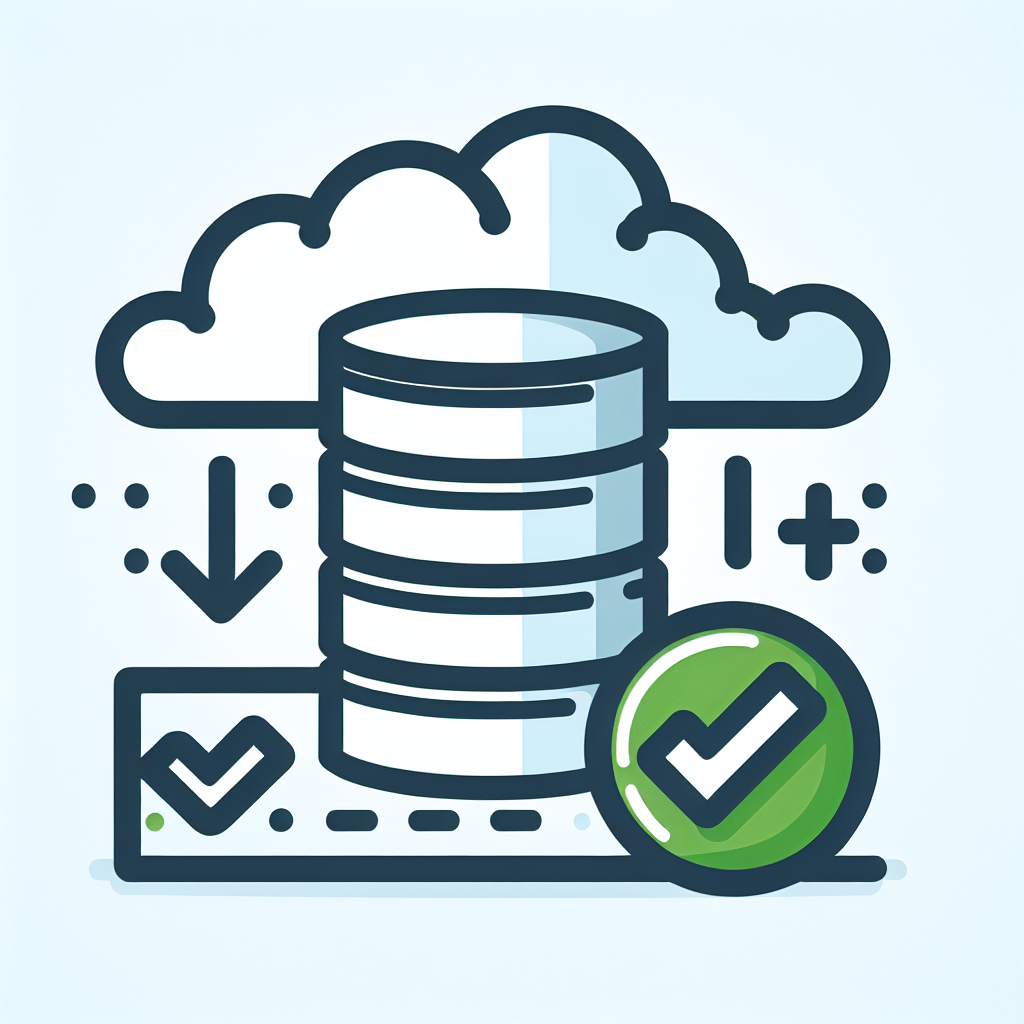PostgreSQL Tips for Beginners
PostgreSQL is a powerful and versatile open-source relational database management system that has gained popularity for its robustness and feature set. If you’re just starting out with PostgreSQL, there are several tips and best practices that can help you navigate its environment more effectively. Here are some practical tips to get you going:
Understanding the Basics
Before diving into PostgreSQL, it’s essential to grasp the foundational concepts of relational databases. Familiarize yourself with tables, rows, columns, schemas, and basic SQL commands. Learning the difference between SQL commands like SELECT, INSERT, UPDATE, and DELETE will serve you well as you start wrangling data.
Installation and Setup
To start using PostgreSQL, you need to install it on your machine or use a managed database service. Follow the official installation guide for your operating system, which can be found on the PostgreSQL website. Make sure to also install psql, the command-line interface, which is invaluable for interacting with your database.
Use pgAdmin for GUI Management
While the command line is powerful, many beginners may find a graphical user interface more intuitive. pgAdmin is a popular choice that allows you to manage your PostgreSQL databases easily. With pgAdmin, you can visualize your tables, run SQL queries, and manage users and privileges without needing to memorize every command.
Learn the Data Types
PostgreSQL supports a variety of data types, from basic ones like INTEGER and VARCHAR to more complex types like JSON and ARRAY. Take the time to understand these data types, as choosing the right one can significantly enhance the performance and capabilities of your database. For instance, if you’re dealing with semi-structured data, the JSONB type is a great choice.
Master SQL Queries
Proficiency in SQL is crucial for effective database management. Start by writing simple queries to retrieve data and gradually move to more complex ones that involve JOINs, subqueries, and aggregate functions. PostgreSQL supports advanced SQL features like window functions and Common Table Expressions (CTEs), so don’t shy away from exploring these as you gain confidence.
Use Indexes Wisely
Indexes can greatly improve database performance, especially for read-heavy operations. However, over-indexing can lead to increased write times and storage costs. As a beginner, focus on indexing columns that are often used in WHERE, ORDER BY, and JOIN clauses. Experiment with different types of indexes like B-tree and GIN to understand their impact on query performance.
Manage Transactions
Understanding transactions is essential for maintaining data integrity. Use the BEGIN, COMMIT, and ROLLBACK commands to manage transactions effectively. This will allow you to group multiple operations into a single unit of work, ensuring that your database remains consistent even in case of errors.
Backup and Restore Your Data
Regular backups are crucial to avoid data loss. Get familiar with PostgreSQL’s backup tools, such as pg_dump and pg_restore. These commands allow you to create full or partial backups of your databases. Consider automating backups to ensure consistency and reliability.
Optimize Performance
Monitoring and optimizing your database’s performance is an ongoing task. Use PostgreSQL’s built-in tools like EXPLAIN to analyze query performance. Understanding how your queries are executed is key to identifying bottlenecks and opportunities for optimization.
Security Practices
Security should be a top priority when dealing with databases. Ensure that you follow best practices like using strong passwords, limiting user privileges, and regularly updating your PostgreSQL installation. Consider using SSL for encrypting data transmitted between clients and the server.
Explore Extensions
PostgreSQL is known for its extensibility. Explore extensions like PostGIS for geographic data processing, and pg_trgm for text search capabilities. These extensions can significantly extend PostgreSQL’s functionality and may be beneficial based on your project requirements.
Harness the Power of Community Resources
One of the great things about PostgreSQL is its community. Utilize forums, official documentation, and online courses to enhance your learning. Websites like Stack Overflow are invaluable resources for getting assistance with specific problems. Don’t hesitate to ask questions and share your knowledge!
Experiment and Practice
The best way to learn PostgreSQL—or any technology—is through hands-on practice. Set up a test environment where you can play around with creating tables, inserting data, and running queries. Build sample projects that require various database features to solidify your understanding and improve your skill set.
By keeping these tips in mind, you’ll be well on your way to becoming proficient in PostgreSQL. Happy database building!

